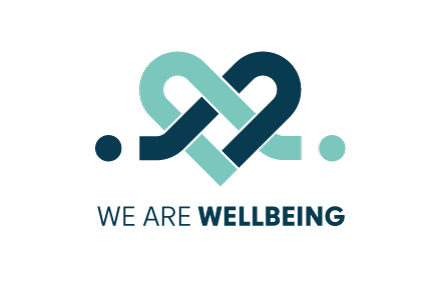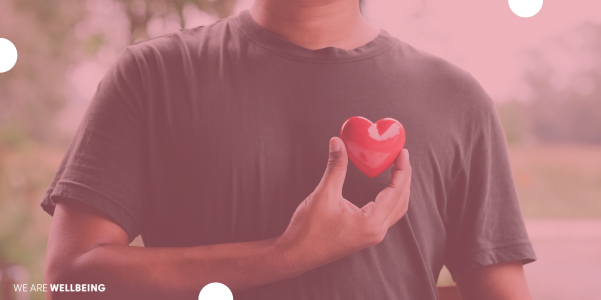Rachel Letham, Associate Trainer at We Are Wellbeing, explains how the simple act of breathing can become a powerful and welcome exercise tool.
Breathing is a basic physiological need we have to maintain in order to survive and I believe the power of our breath is one of our best assets. When was the last time you breathed properly? I know what you’re thinking, you’re breathing right now – but is it a true, deep breath that is refreshing your mind, body and soul? So often we breathe a shallow, un-nourishing breath. We are not aware that we can breathe more deeply and that it can have such a profound effect on our nervous system, our capacity to think and the replenishment of vital energy in our body.
One of the easiest ways to tap into mindfulness as a tool for stress management, as well as calming your central nervous system is through the power of our breath. It’s a practice we can lean into at any time and usually people don’t even know we are doing anything, so you can practice these tips at your desk! By giving yourself a few moments to focus in on the breath, taking nice long deep breaths and focusing on the flow of the breath can be very calming whether in a stressful situation or simply creating a relaxing practice for day to day life.
The Power of Our Breath – Your Ultimate Wellbeing Asset
The key thing in your breathing is to exhale for longer than you inhale. This is because when you exhale for longer than your inhale, the vagus nerve (running from the neck down through the diaphragm) sends a signal to your brain to turn up your parasympathetic nervous system and turn down your sympathetic nervous system. This is crucial when it comes to purposeful rest.
The sympathetic nervous system is the thing that controls your “fight-or-flight response”. When it is full engaged then your your heart rate and breathing speed up and stress hormones like cortisol start pumping through your bloodstream, preparing your body to face a threat.
In comparison the parasympathetic system controls your rest and relaxation response. When the parasympathetic system is engaged your breathing slows, your heart rate drops, your blood pressure lowers, and your body is led back into a state of calm and healing
So here are three different breathing techniques you can practice, any time, any where to help you bring some more self care into your day to day life and nourish your mental, physical and emotional wellbeing:
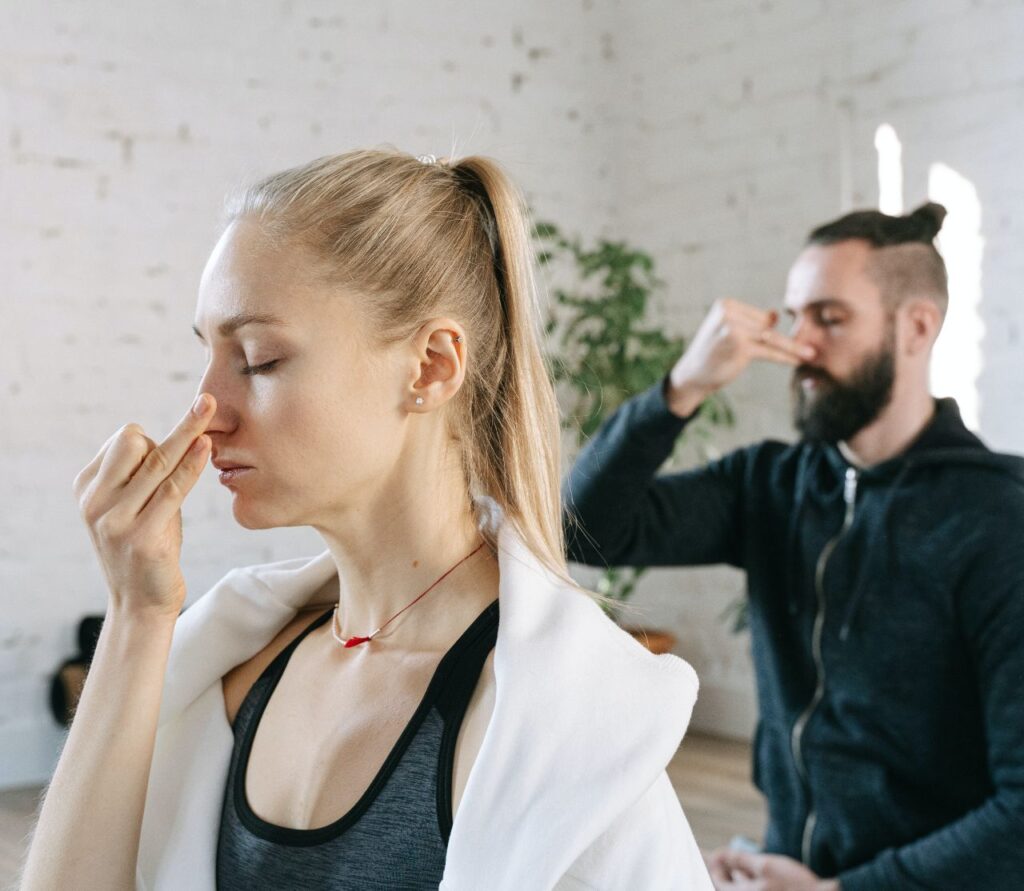
What is 4-7-8 Breathing?
Try this mindful breathing exercise as a simple way to calm your mind and body – it’s called 4-7-8 breathing.
To start, exhale completely through your mouth, making a whooshing sound – yes out loud, don’t be shy.
- Take a deep, slow breath from your belly and silently count to 4 as you breathe in
- Hold your breath and count to seven
- Breathe out completely as you count to eight, letting all the air out. Allow yourself to make a “whoosh” sound as you exhale
- Repeat this 5 times until you feel calm
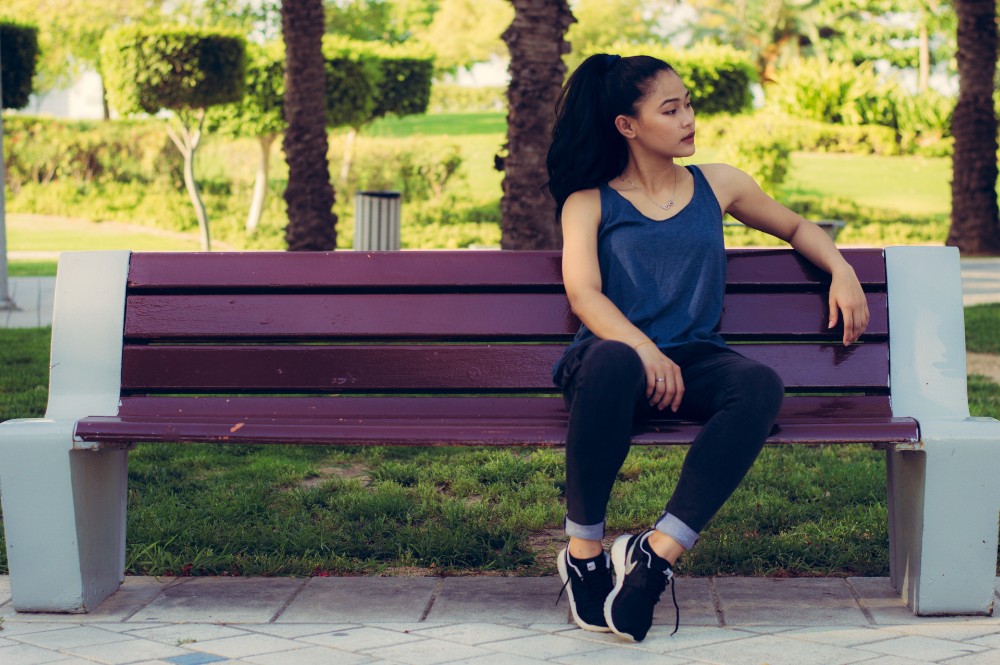
Take Time To Pause
Follow these steps line by line:
- Find yourself a nice quiet space. Somewhere you will be comfortable for a little while.
- Focus on your breath, as it comes in and as it falls out.
- Focus single-mindedly on each breath – one after the other, after the other, after the other.
- Breathe easily and consciously for a few minutes.
- Now as you observe the breath be aware of the point where the breath turns the corner from inhalation to an exhalation.
- Then become aware of the point where the breath turns again from exhalation to inhalation.
- There is a subtle gap you can view as a still point… keep returning to that still point over and over as you breathe in and out. If your mind wanders away, bring your attention to the gap.
- Breathe in and notice the pause; breathe out and notice the pause.
Once you have mastered this you can practice it again, any time with your eyes closed to truly focus on the breath. It’s a great tool for daily life. Take a moment to notice how you feel after sitting in still awareness.

Get Grounded Outside
Now is the time to embrace the outdoors and getting grounded is wonderful for your body, mind and soul. This is a really simple technique to bring you into a state of mindfulness and spending some time focusing on you in a quick and easy way.
- Find a nice quiet space outside, somewhere you won’t be disturbed for a while and if you feel comfortable, close your eyes.
- Imagine a triangle in front of you. Visualise a wide base, coming all the way up to a point.
- Take a nice deep breath in and visualise travelling up the side of the triangle.
- When you reach the top, hold your breath for a second.
- Then release the breath slowly as you travel down the other side of the triangle and get to the wide. base; feeling grounded where you are sitting now.
- Repeat this ten times to feel really grounded. It will calm you and open up your senses.
Connect to this breathing technique and sense of grounding by tapping into your senses.
Thank you Rachel for your excellent insight. The breathing techniques shared here come from Rachel Letham’s self care book; Self Care for the Seasons. This is an e-book with plenty of self care tips and exercises alongside a free workbook. For more from Rachel Letham, see our We Are Wellbeing articles.

